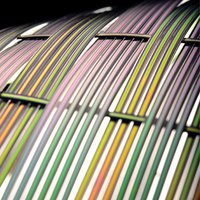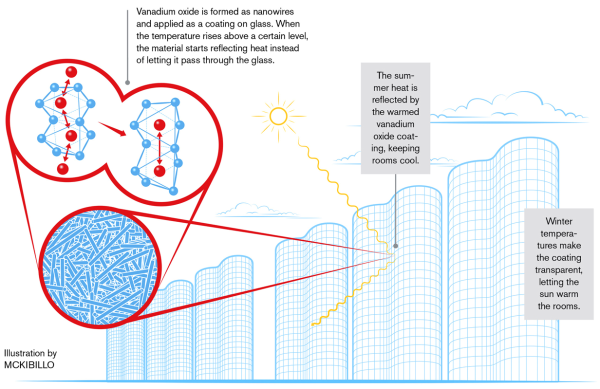Nanotechnology & materials
Sarbajit Banerjee
Windows that block heat—but let it through when you want them to

Global
Zheng Wang
Slowing light to help chips cope with optical data

Latin America
Nadim Morhell
A new diagnostic tool to measure neonatal blood viscosity

Global
Baile Zhang
A new type of invisibility cloak made from a common material can work with larger objects <br>

Europe
Matthieu Sonnati
Eco-friendly and fast-drying paints made with biological material
